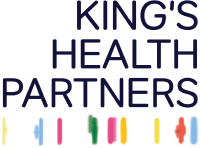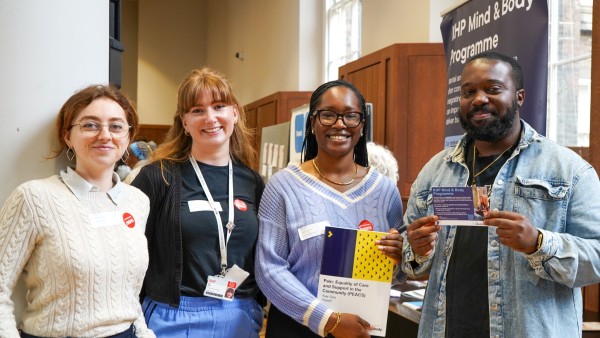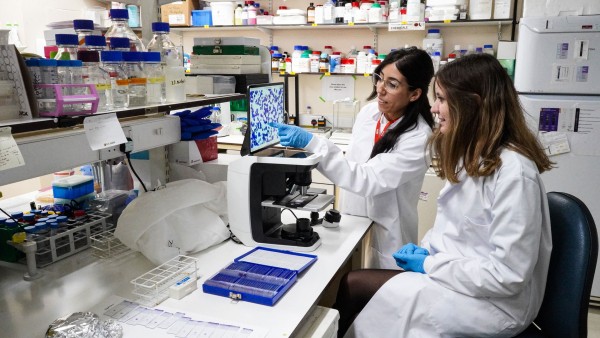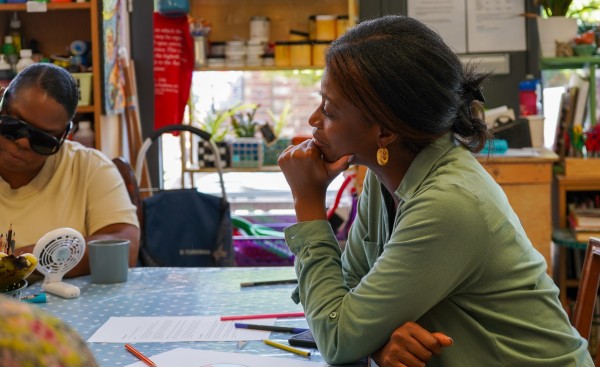10 August 2022
Learn about the new partnership with KHP and Novartis that aims to ensure earlier intervention and diagnosis to improve patient care.
The scale of cardiovascular ill health in south east London
Cardiovascular disease (CVD) is one of the biggest causes of mortality each year across the country, claiming 160,000 lives a year and forming the largest cause of life expectancy gaps. In south east London (SEL), the effects of CVD are exacerbated by the fact that we have some of the most diverse communities in the UK and some of the most deprived local areas in the country.
In places across SEL there is a difference in life expectancy of 13 years, in which CVD plays a major role and disproportionately affects Black, Asian, and Minority Ethnic and deprived communities. The number of people who identify as Black, Asian and Minority Ethnic ranges from 19% in Bromley to 46% in Lewisham, and parts of Greenwich, Lambeth, Lewisham, and Southwark rank amongst the 15% most deprived local authorities in the country.
CVD is often preventable, but there are some clear and profound factors in SEL which affect rates of CVD ill health in our boroughs. According to the British Heart Foundation, in south east London:
- 130,000 people live with heart and circulatory diseases
- 59% of adults are overweight
- 15% of adults smoke
- 230,000 people have high blood pressure.
Our new project to help our underserved communities
King’s Health Partners Population Health and Equity programme has teamed up with Novartis to launch a new project aimed at providing faster diagnosis and earlier intervention for underserved communities.
Novartis is a partner in this project under their Health Inequality Pledge, which aims to collaborate with policymakers and healthcare systems to build solutions for faster diagnosis and earlier intervention for those population groups who are at the greatest risk of ill-health and poor health outcomes.
The project aims to:
- Identify the undiagnosed and the undertreated population groups who are at greatest risk of CV ill health
- Understand what factors drive the current behaviours in these population groups
- Co-create solutions with these population groups to provide faster diagnosis and earlier CV intervention
- Implement and measure the outcomes of a scalable solution
- Develop a how-to guide for the implementation of solutions aimed at improving access to healthcare for underserved communities across England
Planned Milestones:
Our first step will be to map out the scale and causes of the problem, collecting all the necessary data that will help us identify who in our underserved communities is at greatest risk of CV ill health.
Our following analysis will then aim to understand the root causes of health inequalities in CVD prevention in our underserved communities. We want to collaborate with those in our communities to co-design solutions, so that we enable greater engagement and trust in the solutions, giving us a greater chance of success in implementing them.
The solutions we find will help us then develop a fully evaluated method which will lead to a how-to guide, so that we can share our learning further and help other communities.
Expected Benefits:
Better outcomes for our patients and communities at greatest risk of CV ill health is our priority. This includes co-designing solutions which offer:
- Faster diagnosis and earlier intervention for their CV health
- Care closer to home
- More equitable access to care
- Tailored CV health information to improve health literacy
We also anticipate a whole host of benefits for the NHS, including a better understanding of the causes of health inequalities in CV health, and more support identifying and treating at risk patients in a timely manner with an efficient use of resources.
What we need from you
We are keen to understand, align to and learn from the work that has already been done in the system to understand the causes of health inequalities in CVD.
If your team or someone you know has already carried out work in this area, or would like to find out more, please get in touch with our Director Population Health and Equity, Shaun Danielli.
To find out more about Novartis, you can visit their website.





